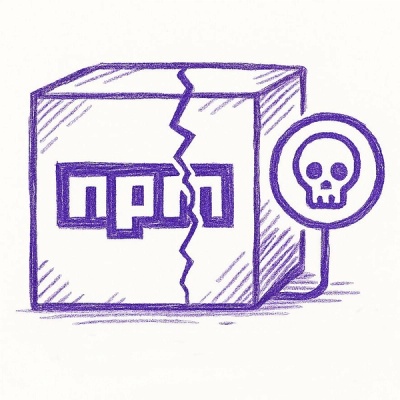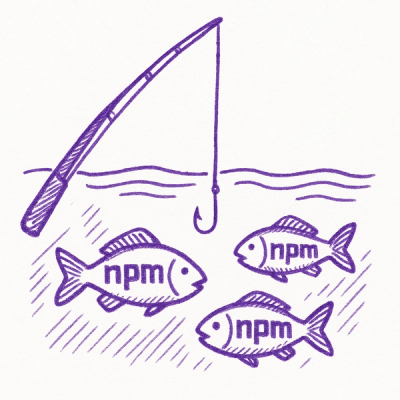azure-iotedge-runtime
Run the Azure IoT Edge runtime in a Docker container
This project is based on the Azure IoT Edge dev tool, but is only contains the Docker image needed to run the Azure IoT Edge runtime in a container.
It is supposed to be used mostly in local development environments and it's wrapped in an NPM package.
Installation
To install via NPM, simply run:
$ npm install iotedge
Otherwise, clone the project from Github:
$ git clone git@github.com:pineviewlabs/iotedge-docker.git
Usage
1. Building the Docker image
Using NPM:
$ npx build-iotedge
or build the docker image manually with:
$ docker build . -t iotedge-runtime
This will create a Docker image tagged iotedge-runtime.
2. Set the Device Connection String
Go to the Azure Portal, then go to your IoT Hub and click on IoT Edge from under the Automatic Device Management section.
Select an existing device that you would like to use or create a new one. Once on the device page, copy one of the two connection strings (either the Primary Connection String or the Secondary Connection String).
You will need to set the connection string you have just grabbed as an environment variable, named IOT_DEVICE_CONNSTR.
Example:
$ export IOT_DEVICE_CONNSTR='HostName=iothub0730.azure-devices.net;DeviceId=myEdgeDevice;SharedAccessKey=zfD73oX3agHTlT0rOvjPnYTkxRPw/k3U0exEGBDWQ5A='
3. Run the Docker image
Using NPM:
$ npx start-iotedge
Or run the container using the provided run-container.sh script in the bin folder:
$ ./bin/run-container.sh
A container named iotedgec will be created and inside the container the iotedged daemon will be started. If everything is working correctly you will see the daemon output log.
The IoT Edge runtime and its associated modules (which are running as independent containers) are using a Docker network called azure-iot-edge. The script also creates the network, if it doesn't already exist.
The daemon will use the default ip address assigned by Docker to the container (most probably will be 172.17.0.2). The discovery is automatically done in the rund.sh script located in the lib folder.
Using the iotedge CLI tool
This package also provides a cli utility which helps with development, debugging, and troubleshooting of issues. You can use it in two ways:
Via NPM:
$ npx iotedge
or running the provided iotedge.sh script directly:
$ ./bin/iotedge.sh
This tool forwards the arguments to the iotedge CLI tool available in the main runtime container.
For example:
$ ./bin/iotedge.sh list
is equivalent to:
docker exec iotedgec iotedge -H http://172.17.0.2:15580 list



